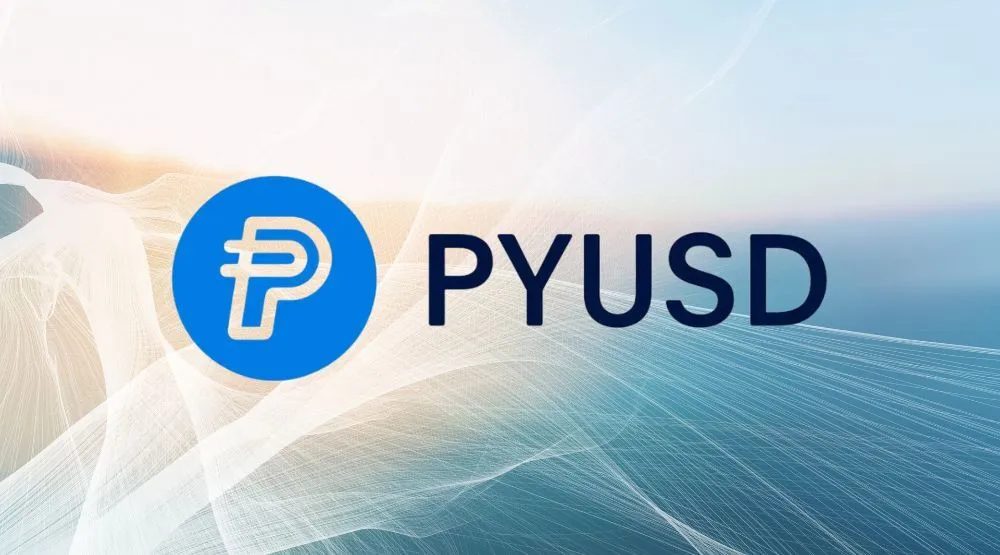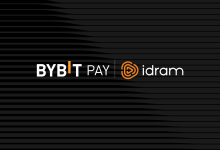PayPal Expands PYUSD Stablecoin to Tron, Avalanche, Sei


PayPal USD Goes Omnichain
PYUSD0 will roll out on seven additional networks — Abstract, Aptos, Avalanche, Ink, Sei, Stable, and Tron — while existing bridged deployments on Berachain (BYUSD) and Flow (USDF) will be upgraded to PYUSD0. Users can redeem PYUSD and PYUSD0 1:1 for U.S. dollars regardless of which supported chain they hold it on.
The expansion builds on last November’s adoption of LayerZero’s omnichain fungible token (OFT) standard, which enabled direct transfers between ETH and Solana without centralized intermediaries. That integration was viewn as a major step in reducing liquidity fragmentation and improving cross-chain composability for PayPal’s stablecoin.
Investor Takeaway
How PYUSD Fits Into PayPal’s Strategy
PayPal first launched PYUSD in 2023 as a dollar-backed stablecoin aimed at bridging traditional payments and Web3 infrastructure. It has since grown to a circulating supply of 1.9 billion, according to The Block — a small fraction of Tether’s USDT or Circle’s USDC, both of which command tens of billions in market cap. Despite its size, PYUSD carries weight because of PayPal’s global payments network and regulatory alignment.
“By working together [with LayerZero], we will enable PYUSD to reach new markets quicker while maintaining compliance and composability from day one,” said David Weber, head of ecosystem for PayPal USD. The company argues that expanding PYUSD across multiple chains is crucial for institutional adoption and end-user convenience, especially as DeFi protocols and fintech apps require liquidity that spans ecosystems.
The expansion also aligns with PayPal’s ongoing product development. Earlier this week, the company launched PayPal Links, a peer-to-peer payments feature allowing users to send and receive money via personalized links. Crypto support, including BTC, ether, PYUSD, and other assets, is expected to roll out across PayPal, Venmo, and compatible wallets worldwide. The integration of PYUSD into this service could significantly accelerate real-world usage beyond platforms and DeFi protocols.
Rising Competition in the Stablecoin Market
PayPal’s push comes at a time of growing competition in the stablecoin sector. Tether recently rolled out USDT0, an omnichain version using LayerZero technology similar to PYUSD0. Circle’s USDC continues to expand its reach through partnerships with banks, fintechs, and blockchain infrastructure providers. Together, USDT and USDC dominate the market, commanding more than $140 billion in combined supply.
PYUSD’s multi-chain rollout could carve out a niche by leveraging PayPal’s mainstream credibility and payment rails. Its regulatory compliance through Paxos also gives it a positioning advantage in jurisdictions like the U.S. and Europe, where new rules such as the GENIUS Act and MiCA are tightening standards for dollar-backed tokens.
Still, challenges remain. PYUSD adoption has been sluggisher than expected, partly due to limited integrations in DeFi and lower incentives compared to rivals. Expanding to Tron, a network known for its dominance in stablecoin settlements, and Avalanche, a leading DeFi chain, could boost usage. Sei, a newer chain optimized for trading, adds another vector for potential adoption in high-frequency financial applications.
Investor Takeaway
What’s Next for PYUSD
The rollout of PYUSD0 across LayerZero-supported chains marks another test of how omnichain standards can reshape stablecoin liquidity. For PayPal, the expansion offers a way to push beyond crypto-native audiences and embed PYUSD in global commerce. Analysts will be watching for signs of increased on-chain activity, liquidity provision, and integration with both consumer wallets and institutional platforms.
With regulators worldwide pushing for stricter oversight of stablecoins, PayPal’s compliance-first approach could assist it avoid hurdles faced by less regulated competitors. The next stage will be proving whether PYUSD’s presence on new chains translates into meaningful adoption and whether PayPal can leverage its 400 million-plus active accounts to turn its stablecoin into a household digital dollar.







